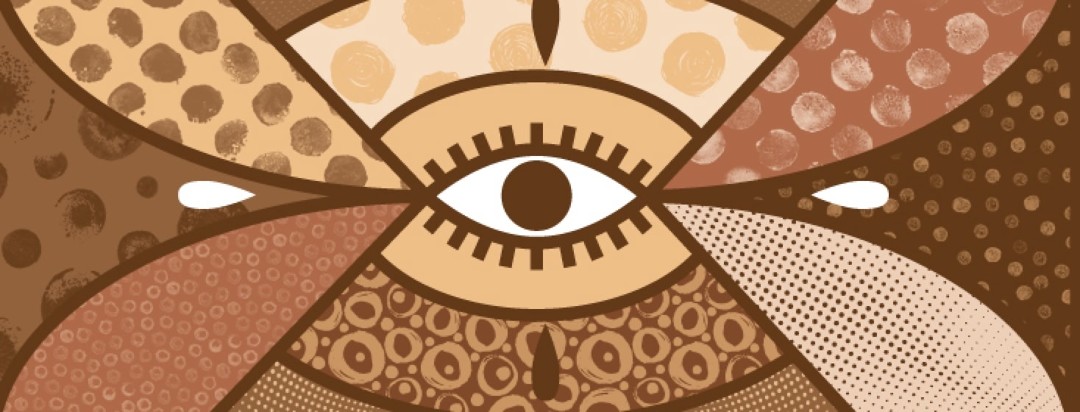More Than Meets the Eye
Inspect, evaluate, determine: these are words that come to mind when self-checking for melanoma. Look for asymmetry, jagged borders, color changes, large diameters, and anything evolving or changing in one’s moles or unusual changes to one’s skin. These have been considered the things to look for when it comes to examining our skin. But, is this enough to correctly diagnose melanoma? Some recent research shines light on this.
Making use of technology
According to a recent collection of reviews from the United Kingdom (UK) published on the accuracy of tests to diagnose melanoma, experts have noted that melanomas are often missed with visual inspection alone. The reviews looked at the common methods used to diagnose skin cancer, like:
- Inspection using visuals alone.
- Dermoscopy. This is when a small device zooms in on a mole and the skin below it. This is often used by dermatologists to diagnose melanoma.
- Teledermatology. This is a remote specialist who assesses skin lesions using dermoscopy.
- Computer-assisted diagnosis (CAD) techniques. These look at information about skin lesions from dermoscopy or other techniques.
- Reflectance confocal microscopy (RCM). This is an imaging technique that can see deeper layers of the skin than dermoscopy. This isn't commonly used.
Specific findings
The researchers found that visual inspection can lead to high rates of misdiagnosis. Dermoscopy used by dermatologists is better at diagnosing melanomas when compared to visual diagnosis alone. General doctors would also benefit by using dermoscopy to see suspicious lesions before referring patients to specialists. Teledermatology is good at helping general doctors determine when to send patients for further testing. CAD can produce false-positive results leading to unnecessary surgeries, but they are still considered useful. RCM technology is very promising for difficult cases.
Making sense of it all
So, what does this mean? Well, I think it highlights the importance of finding a good dermatologist. The first line of defense in battling melanoma and other skin cancers must come through self-inspection or seeing a doctor. If something is suspected, then further examination is warranted and according to the reviews, this exam should include at least dermoscopy from a dermatologist or skilled physician. This layered approach takes much of the guesswork out of the process and relies on technology in the hands of a trained professional.
So what do we do?
More studies are needed to determine the overall effectiveness of technology in assisting in melanoma diagnosis. When I go to my dermatologist’s office, I insist that my primary dermatologist examines with his/her scope. I am not comfortable with a visual/manual examination alone by the physician’s assistant. The old saying about the fact we can put a man on the moon and yet we miss melanomas seems to apply here. We have the technology to make informed decisions regarding diagnoses and treatment.

Join the conversation